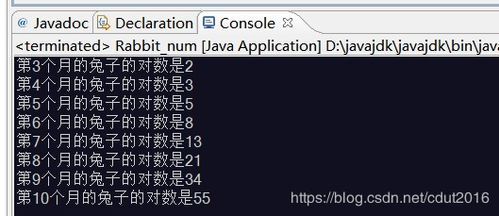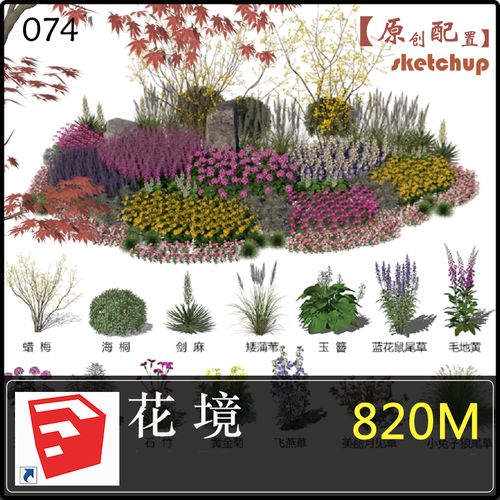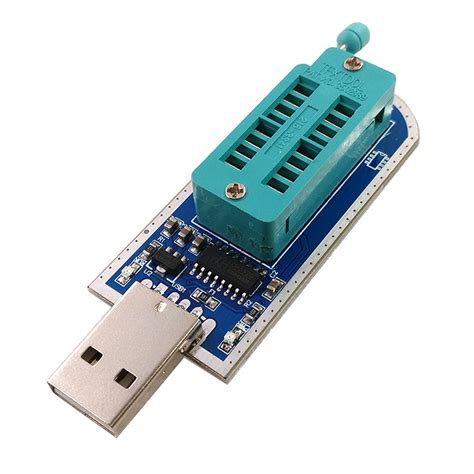cadautolisp编程
Title: Mastering AutoLISP Programming: Tips and Tricks
AutoLISP is a powerful programming language designed specifically for AutoCAD customization and automation. Whether you're a beginner or an experienced programmer, mastering AutoLISP can greatly enhance your productivity and efficiency in AutoCAD. In this guide, we'll explore common AutoLISP programming questions and provide expert solutions and guidance.
Understanding AutoLISP Basics
Before diving into complex programming tasks, it's essential to grasp the fundamentals of AutoLISP. AutoLISP is a dialect of the LISP programming language, tailored for AutoCAD. It allows users to create custom commands, automate repetitive tasks, and extend AutoCAD's functionality.
1. What is AutoLISP, and why is it important?
AutoLISP is a scripting language used to automate repetitive tasks in AutoCAD. It enables users to create custom commands, automate drawing processes, and enhance productivity. Learning AutoLISP can significantly streamline workflows and improve efficiency in AutoCAD projects.
Getting Started with AutoLISP Programming
Now that you understand the importance of AutoLISP let's delve into some common questions beginners encounter when starting with AutoLISP programming.

2. How do I write my first AutoLISP program?
To write your first AutoLISP program, you can use a simple text editor like Notepad or a specialized LISP editor. Start by opening a new file and saving it with a ".lsp" extension. Then, write your AutoLISP code using basic syntax such as defining variables, using functions, and creating custom commands.
```lisp
(defun c:MyCommand ()
(setq pt (getpoint "Pick a point: "))
(command "LINE" pt pt)
)
```
This example defines a custom command "MyCommand" that draws a line from a userselected point to the same point.
Advanced AutoLISP Techniques
Once you're comfortable with the basics, you can explore more advanced AutoLISP techniques to tackle complex tasks efficiently.
3. How can I manipulate AutoCAD objects using AutoLISP?
AutoLISP provides powerful functions for manipulating AutoCAD objects such as lines, circles, and text. You can use functions like "entget," "entmod," and "entmake" to retrieve, modify, and create AutoCAD entities programmatically. For example, to move a line 10 units up:
```lisp
(defun c:MoveLineUp ()
(setq line (car (entsel "Select a line: ")))
(setq newpt (cons 0 (mapcar ' (cdr (assoc 10 (entget line))) '(0 0 10))))
(entmod (subst newpt (assoc 10 (entget line)) (entget line)))
)
```
This code defines a command "MoveLineUp" that moves a selected line 10 units upward.
Troubleshooting and Debugging AutoLISP Code
Even experienced programmers encounter errors in their code. Knowing how to troubleshoot and debug AutoLISP code is crucial for overcoming challenges effectively.
4. How can I debug my AutoLISP code?
To debug AutoLISP code, you can use the Visual LISP IDE or print statements to display variable values and track program flow. Additionally, using the (vlloadcom) function to load the COM Automation library allows you to interactively debug AutoLISP code using the Visual Studio debugger.
```lisp
(defun c:DebugExample ()
(setq a 5)
(setq b 10)
(setq c ( a b))
(princ (strcat "The value of c is: " (itoa c)))
)
```
In this example, the "DebugExample" command prints the value of variable "c" to the command line for debugging purposes.
Best Practices for AutoLISP Development
To write efficient, maintainable AutoLISP code, it's essential to follow best practices and conventions.
5. What are some best practices for AutoLISP development?
Use meaningful variable and function names to improve code readability.
Document your code using comments to explain its purpose and functionality.
Break down complex tasks into smaller, manageable functions.
Test your code thoroughly before deploying it in production environments.
Stay updated with AutoCAD's latest features and APIs to leverage new functionalities in your custom applications.
Conclusion
Mastering AutoLISP programming opens up a world of possibilities for customizing and automating tasks in AutoCAD. By understanding the basics, exploring advanced techniques, troubleshooting code effectively, and following best practices, you can become proficient in AutoLISP development and enhance your productivity in AutoCAD projects.
Whether you're a beginner or an experienced programmer, continuous learning and practice are key to unlocking the full potential of AutoLISP programming. With dedication and perseverance, you can harness the power of AutoLISP to streamline workflows, increase efficiency, and take your AutoCAD projects to new heights.
版权声明
本文仅代表作者观点,不代表百度立场。
本文系作者授权百度百家发表,未经许可,不得转载。











